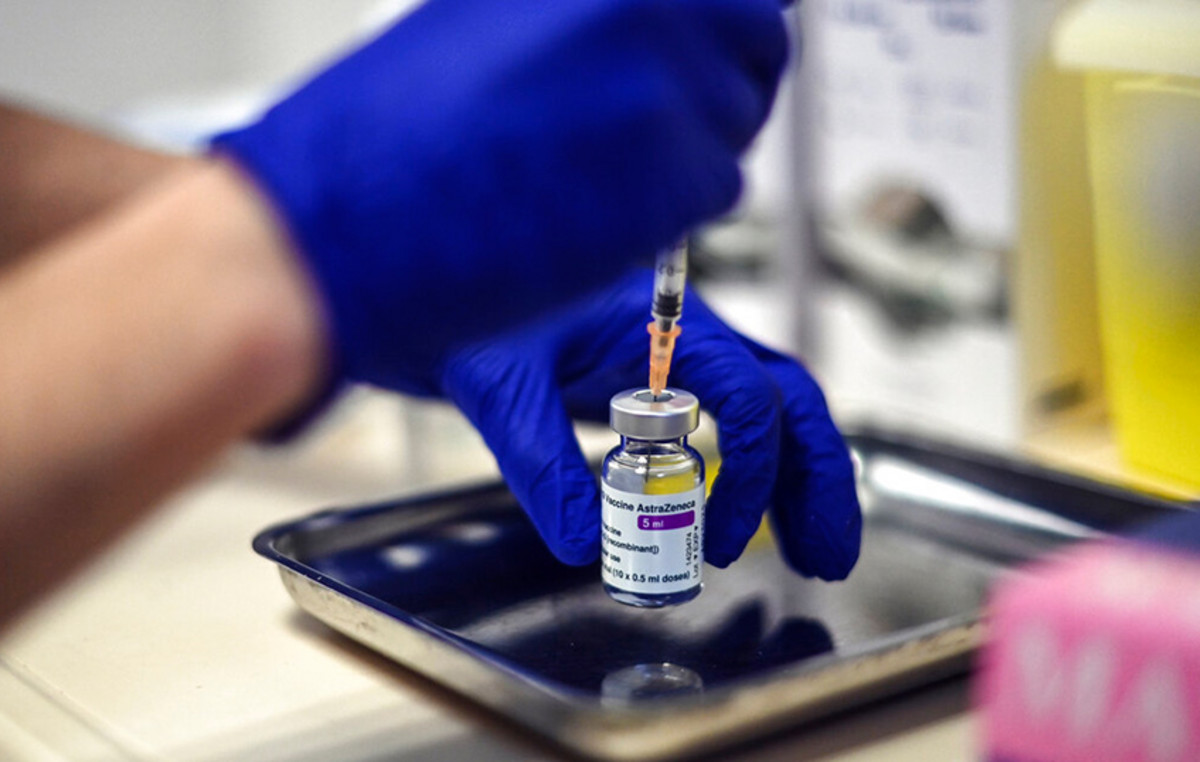- The dollar index gains ground after Trump’s announcement will charge an additional 10% tariff to BRICS nations.
- The US Secretary of Commerce, Howard Lutnick, confirmed that the new tariffs will enter into force on August 1.
- President Trump signed his emblematic “Great Beautiful Project”, an integral package of tax reductions and expenses.
The American dollar index (DXY), which measures the value of the US dollar (USD) compared to six main currencies, is recovering its recent losses and upwards around 97.10 during the Asian hours of Monday. The dollar receives support due to the feeling of risk aversion, since US President Donald Trump published on social networks: “Any country that aligns with BRICS anti -American policies, an additional 10%tariff will be charged. There will be no exceptions to this policy.”
The US Treasury Secretary, Scott Besent, said on Sunday that President Donald Trump will send letters to some commercial partners, warning that tariffs could return to the levels of April 2 on August 1 if not progressing in a commercial agreement. He clarified that on August 1 it is not another period for new tariffs, but suggested that it could still give commercial partners more time to renegotiate tariff rates.
The US Secretary of Commerce, Howard Lutnick, confirmed that the new tariffs are scheduled to enter into force on August 1. Lutnick added that Trump is finishing specific rates and agreements and could send 12 or 15 tariff letters on Monday. He also indicated that trade agreements or letters with most nations will be completed for July 9.
The US dollar faced challenges amid the growing expectations of deeper cuts of rates by the Federal Reserve (Fed). However, employment data in the US stronger than expected helped relieve those concerns. The dollar could continue to have difficulties due to the growing tax concerns, since Trump signed his emblematic “Great Beautiful Project” in the White House on Friday, a massive package of tax cuts and expenses.
American dollar today
The lower table shows the percentage of US dollar change (USD) compared to the main coins today. US dollar was the strongest currency against the New Zealand dollar.
| USD | EUR | GBP | JPY | CAD | Aud | NZD | CHF | |
|---|---|---|---|---|---|---|---|---|
| USD | 0.12% | 0.19% | 0.48% | 0.19% | 0.58% | 0.61% | 0.15% | |
| EUR | -0.12% | 0.08% | 0.12% | 0.05% | 0.53% | 0.48% | 0.02% | |
| GBP | -0.19% | -0.08% | 0.00% | -0.01% | 0.45% | 0.41% | -0.18% | |
| JPY | -0.48% | -0.12% | 0.00% | -0.05% | 0.33% | 0.36% | -0.26% | |
| CAD | -0.19% | -0.05% | 0.01% | 0.05% | 0.41% | 0.43% | -0.17% | |
| Aud | -0.58% | -0.53% | -0.45% | -0.33% | -0.41% | 0.06% | -0.63% | |
| NZD | -0.61% | -0.48% | -0.41% | -0.36% | -0.43% | -0.06% | -0.59% | |
| CHF | -0.15% | -0.02% | 0.18% | 0.26% | 0.17% | 0.63% | 0.59% |
The heat map shows the percentage changes of the main currencies. The base currency is selected from the left column, while the contribution currency is selected in the upper row. For example, if you choose the US dollar of the left column and move along the horizontal line to the Japanese yen, the percentage change shown in the box will represent the USD (base)/JPY (quotation).
Source: Fx Street
I am Joshua Winder, a senior-level journalist and editor at World Stock Market. I specialize in covering news related to the stock market and economic trends. With more than 8 years of experience in this field, I have become an expert in financial reporting.







